How to move Android apps to an SD Card
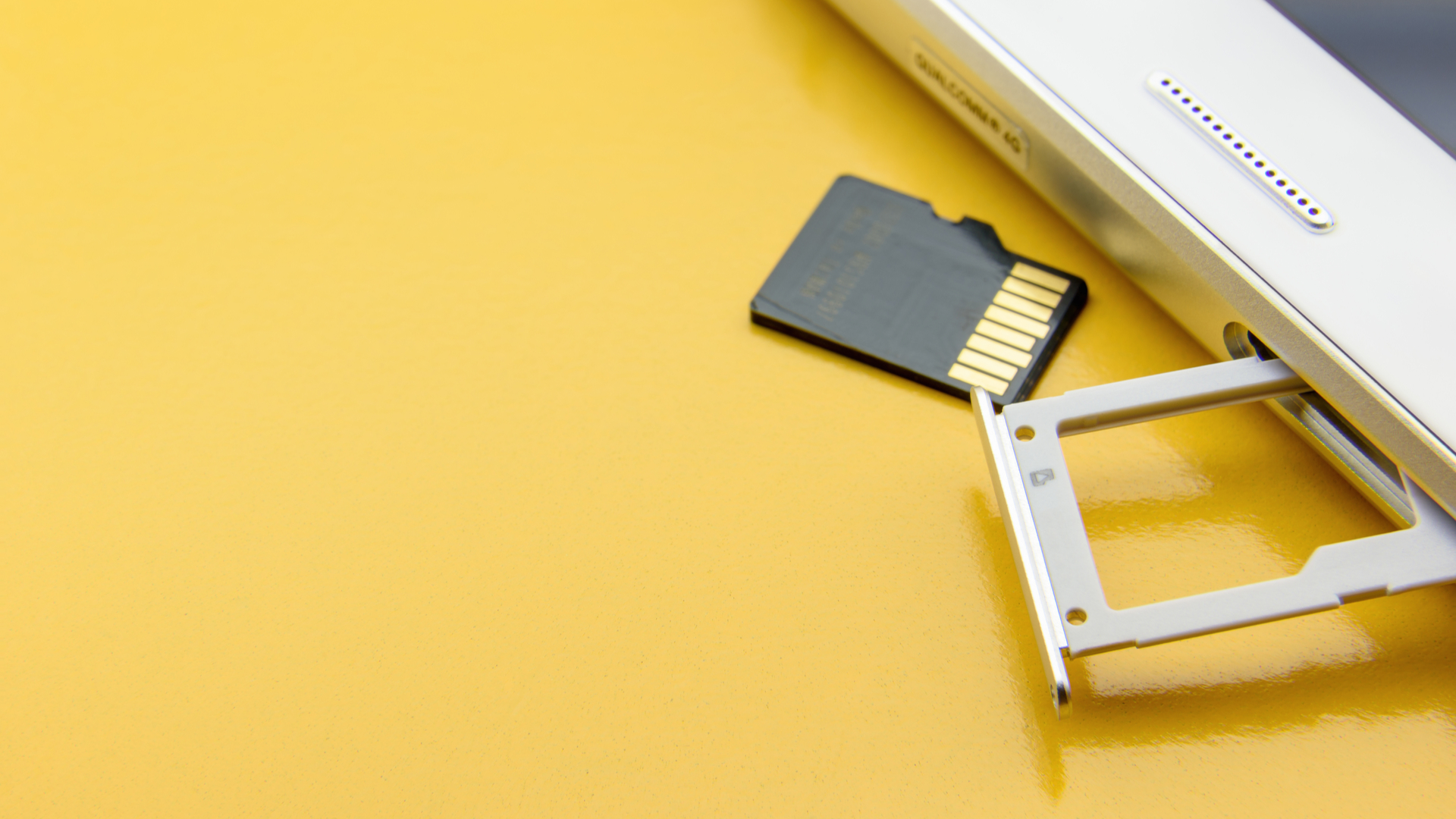
Though the best Android phones come with plenty of storage these days, space is usually scarce on older devices and cheap phones, with a large part of the phone's storage taken up by the operating system and preloaded apps.
The amount of phones with microSD card slots dwindle year by year, and you mostly find them on budget devices nowadays. If your phone does have the requisite hardware, using a memory card will not only allow you to store your photos and videos to it, but may also let you move some of your apps across.
Here's our guide on how to move Android apps to an SD Card
What to know about adding storage
First, not all Android devices allow you to install portions of an installed app to the microSD card, but for those that do, it’s just a quick trip to the application manager and a button press away. Most flagship phones have moved away from support for this feature; it is more commonly found in midrange to low-end hardware, but these are often devices that could use the extra storage.
Unfortunately, even if your smartphone supports the feature, not all apps do. Large apps such as games leave most of their data on the internal storage. For example, Asphalt 8 puts just 64MB of data on the microSD card while leaving the remaining 1.4GB to fill up your phone or tablet. That said, you can save some space this way, particularly if you have a lot of apps installed and move as many as possible to a microSD card.
How to move apps to an SD card using an application manager
1. Navigate to Settings on your phone. You can find the settings menu in the app drawer.
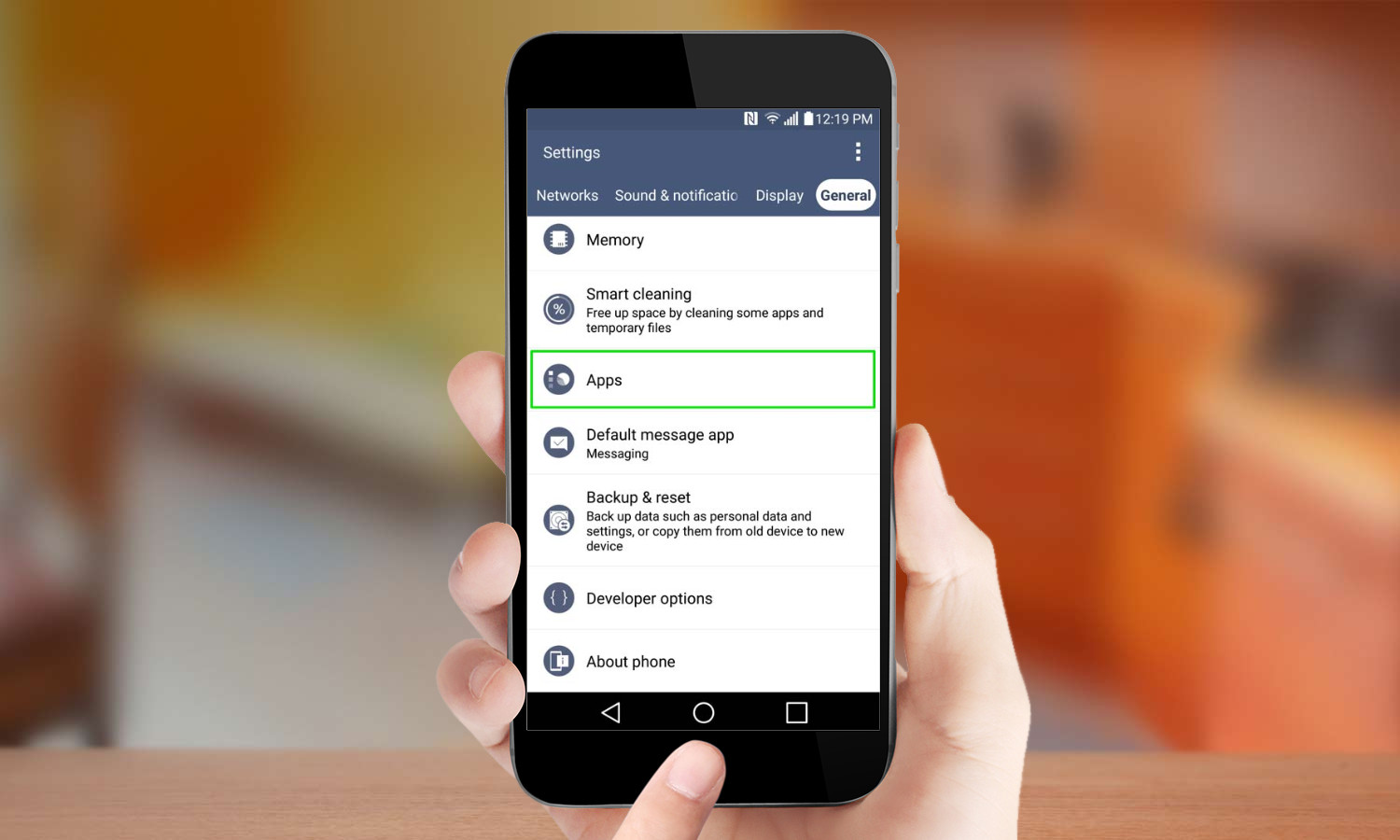
2. Tap Apps.
Get instant access to breaking news, the hottest reviews, great deals and helpful tips.

3. Select an app you want to move to the microSD card.

4. Tap Storage.

5. Tap Change if it’s there.
If you don’t see the Change option, the app cannot be moved. If you are unable to find any apps with this option, it is likely that your device does not support the feature.

6. Tap Move.
If you wish to move an app back to the internal memory, hit the Change button again and select Internal Storage.
How to use an SD card as internal storage
If your device does not support moving apps to a microSD card there’s another option, first introduced in Android Marshmallow, that may be the answer for you. This feature is called Adoptable or Flex Storage, and it allows you to format a microSD card to act like added internal storage. Again, not all devices with a microSD slot will support this feature: Motorola, Huawei and Nvidia have all chosen to enable Flex Storage, while Samsung and LG have removed it.
There are a few factors to consider before enabling this feature. You will want the fastest microSD card that you can find to ensure smooth performance, at least Class 10 or UHS-I and preferably UHS-3. Any data present on the microSD card will be erased when you format it as internal storage, and from that point, it will be unusable in other devices (unless you reformat it again). Finally, remember that if you remove this microSD card from your phone, you will break functionality to any apps or content you’ve moved to it.
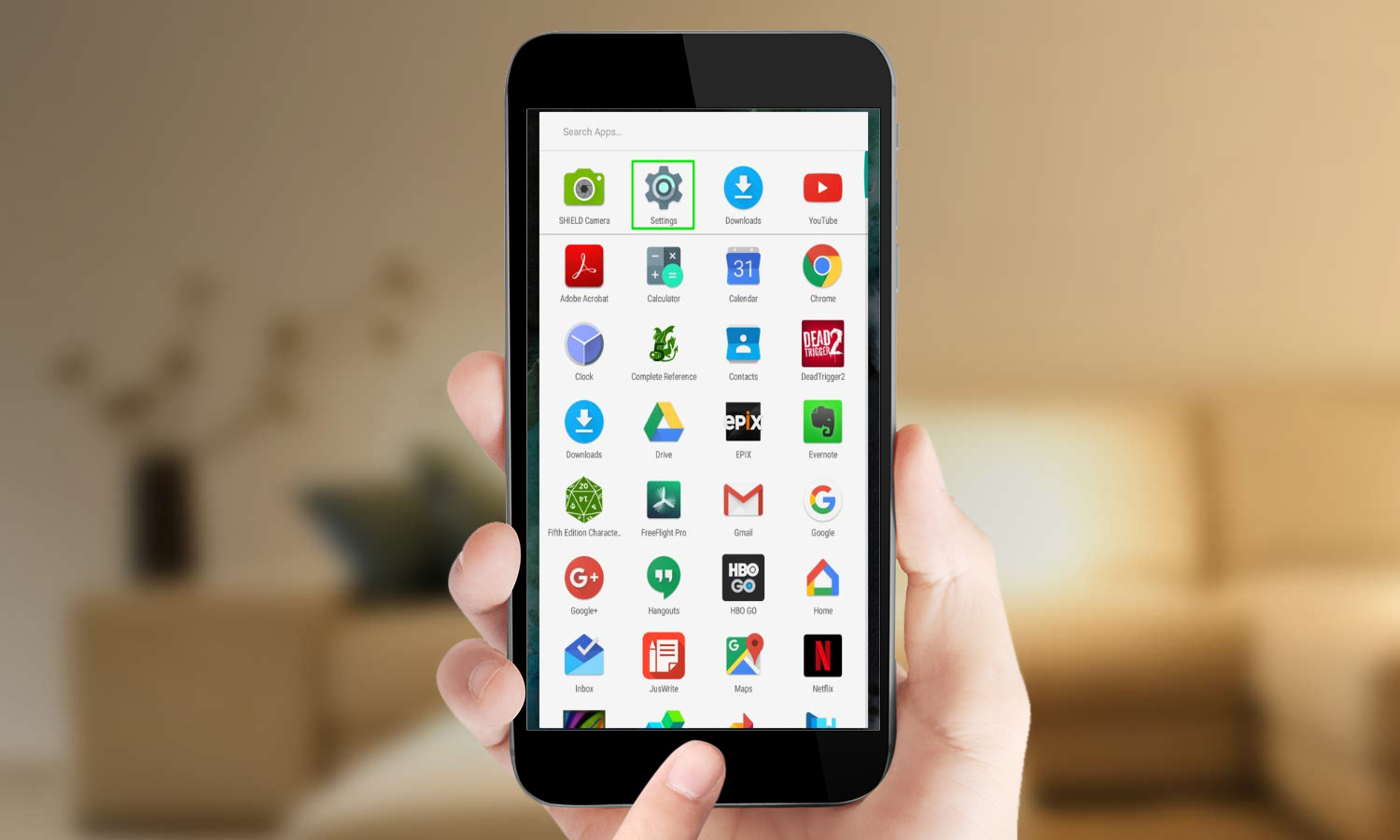
1. Navigate to settings on your phone. You can find the settings menu in the app drawer.
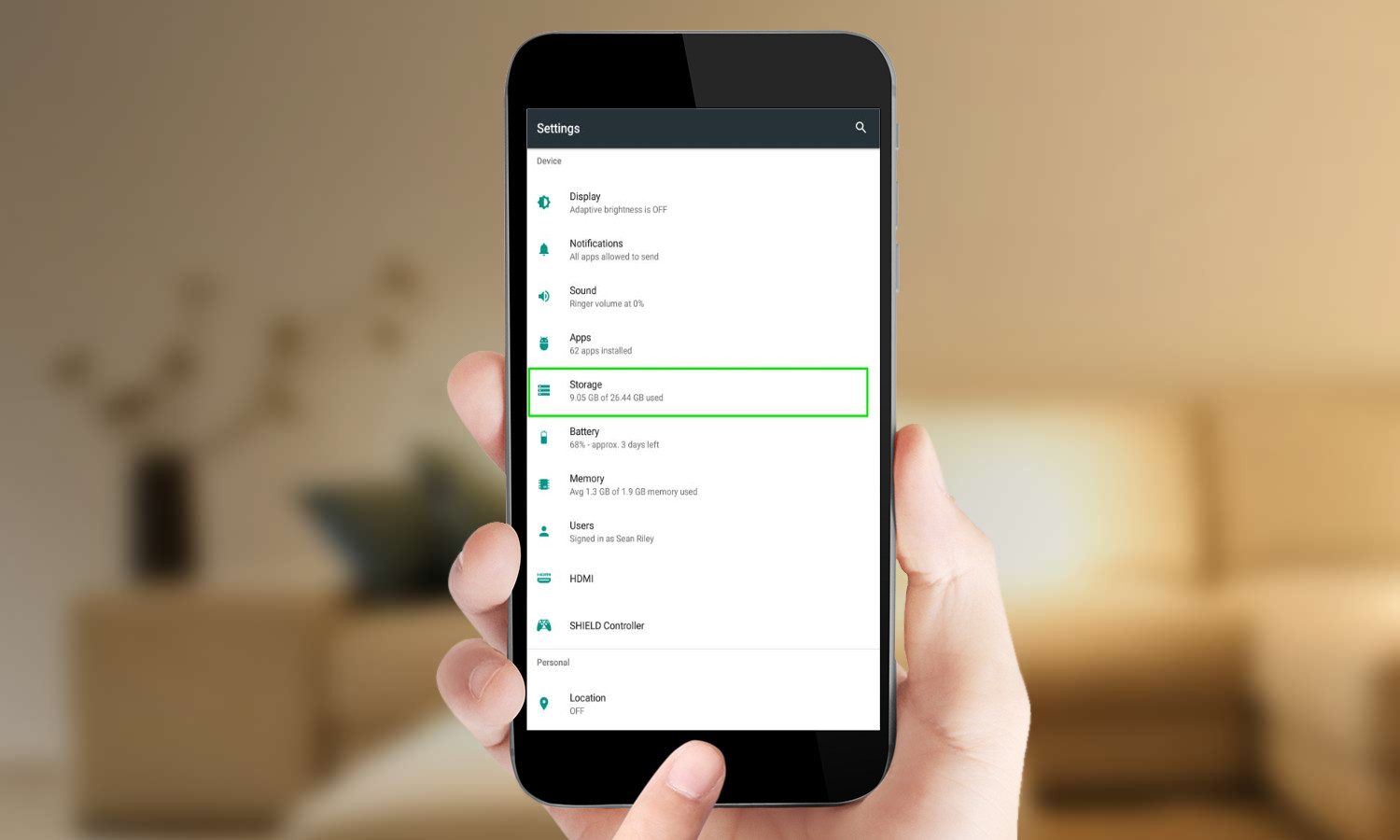
2. Tap Storage.

3. Select your SD card.
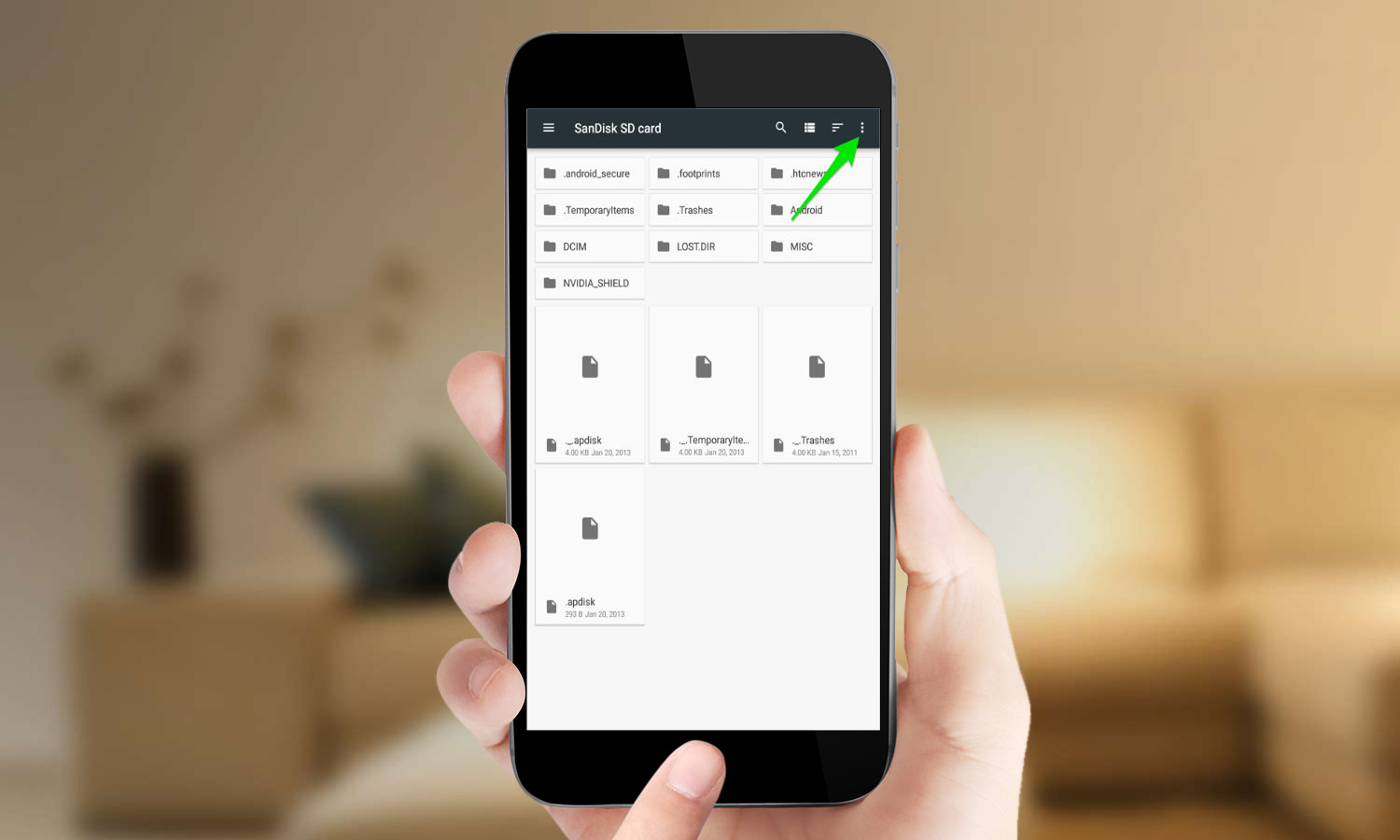
4. Tap the overflow menu button in the upper-right corner.
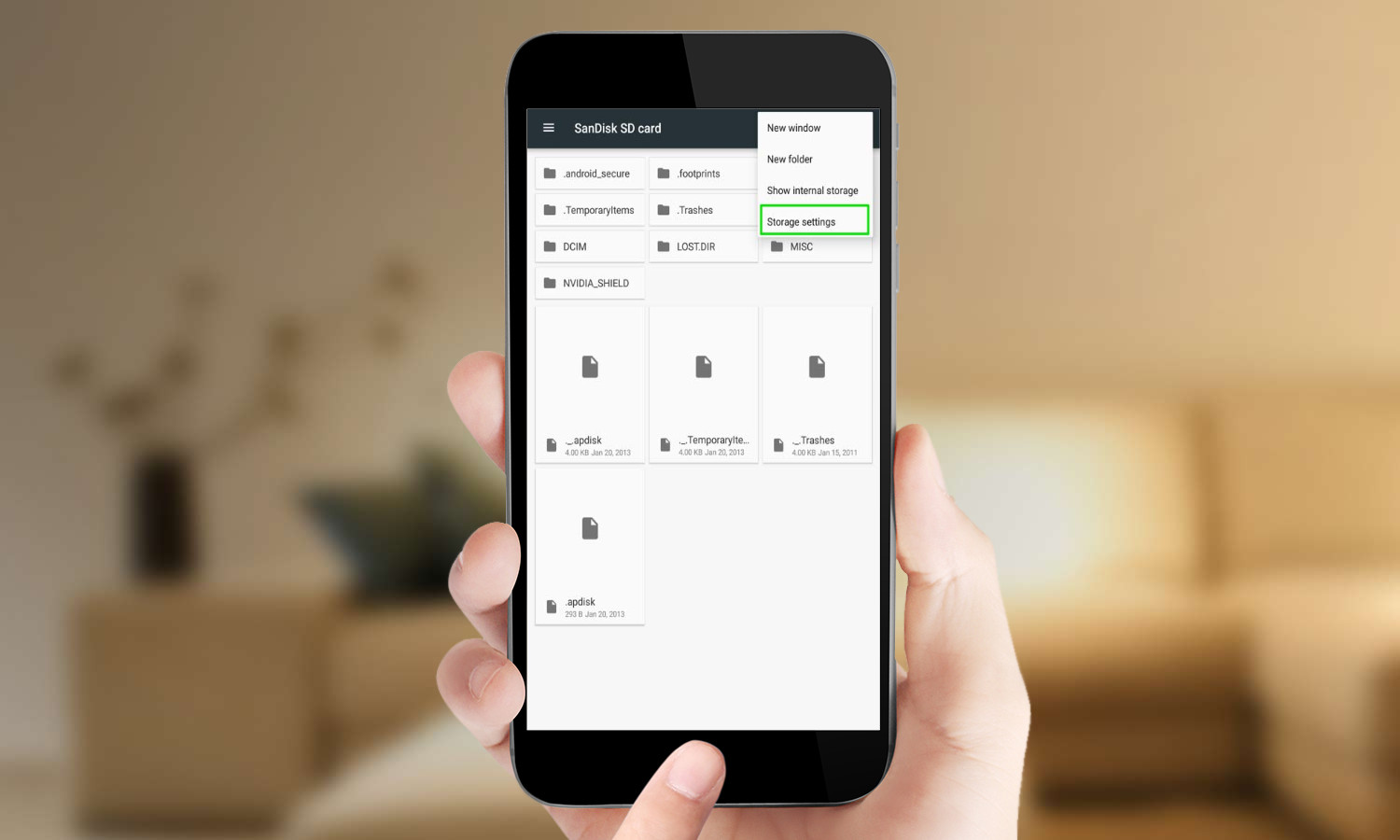
5. Select Storage Settings.
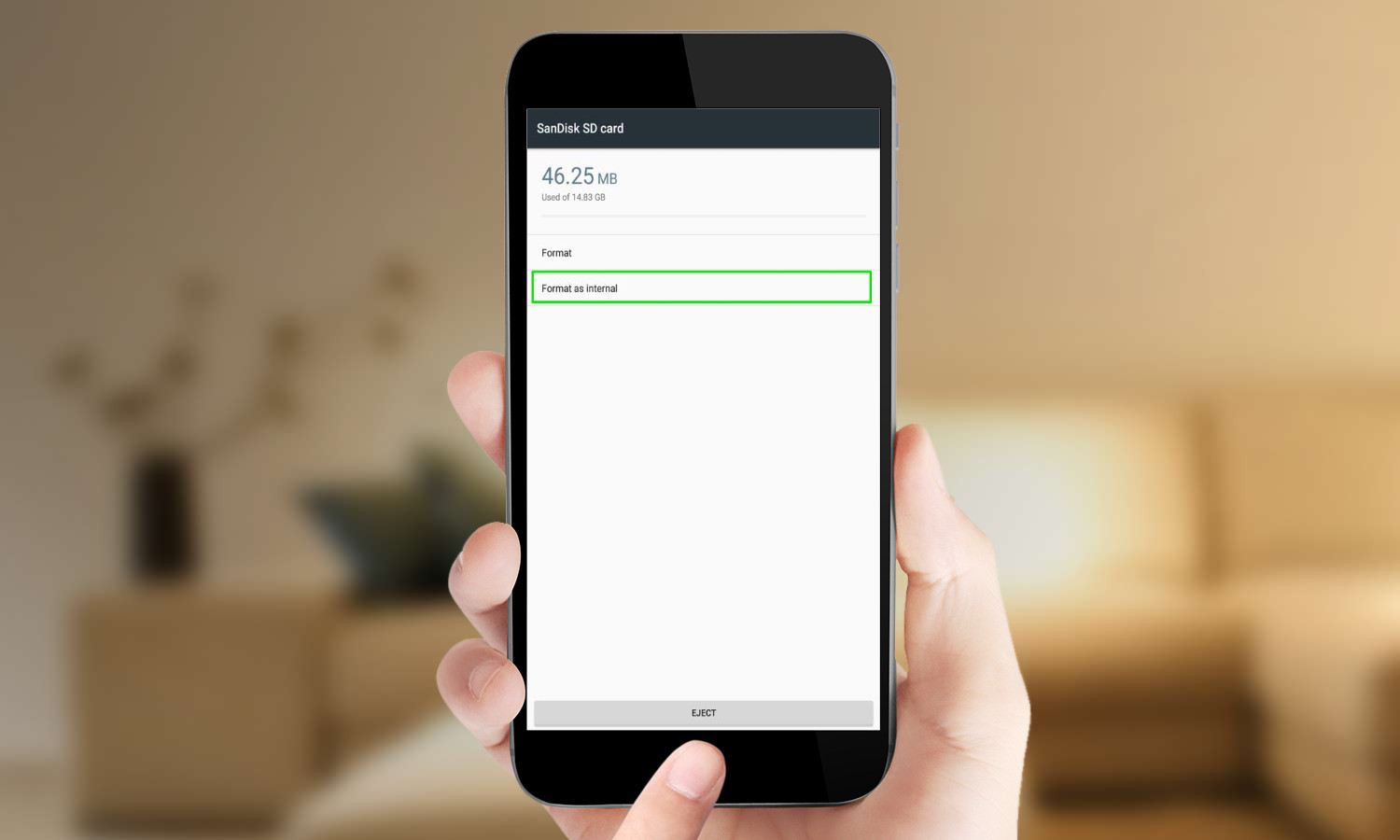
6. Tap Format as Internal.
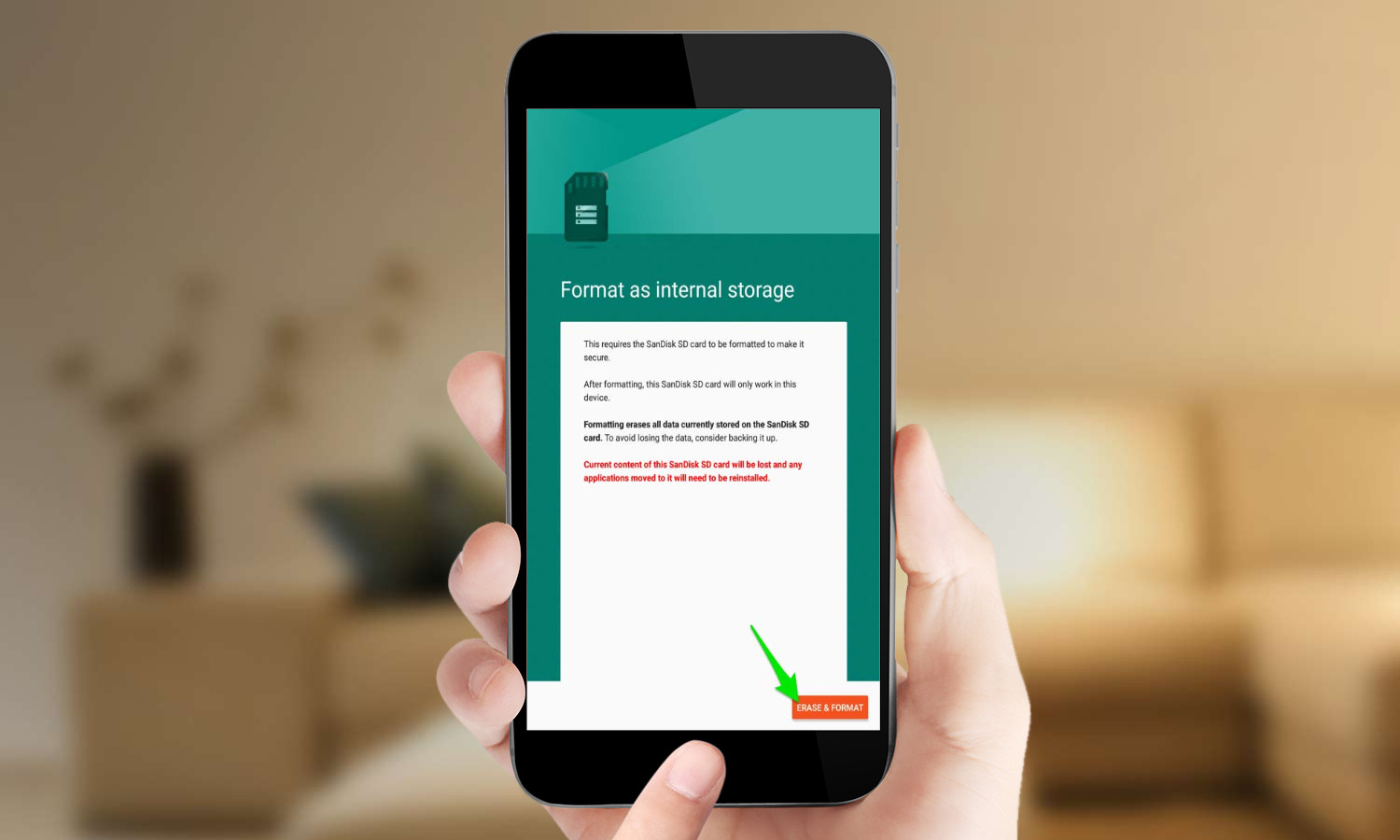
7. Tap Erase & Format. If the system determines that your microSD card is too slow it will prompt you with a warning here that it will degrade performance.
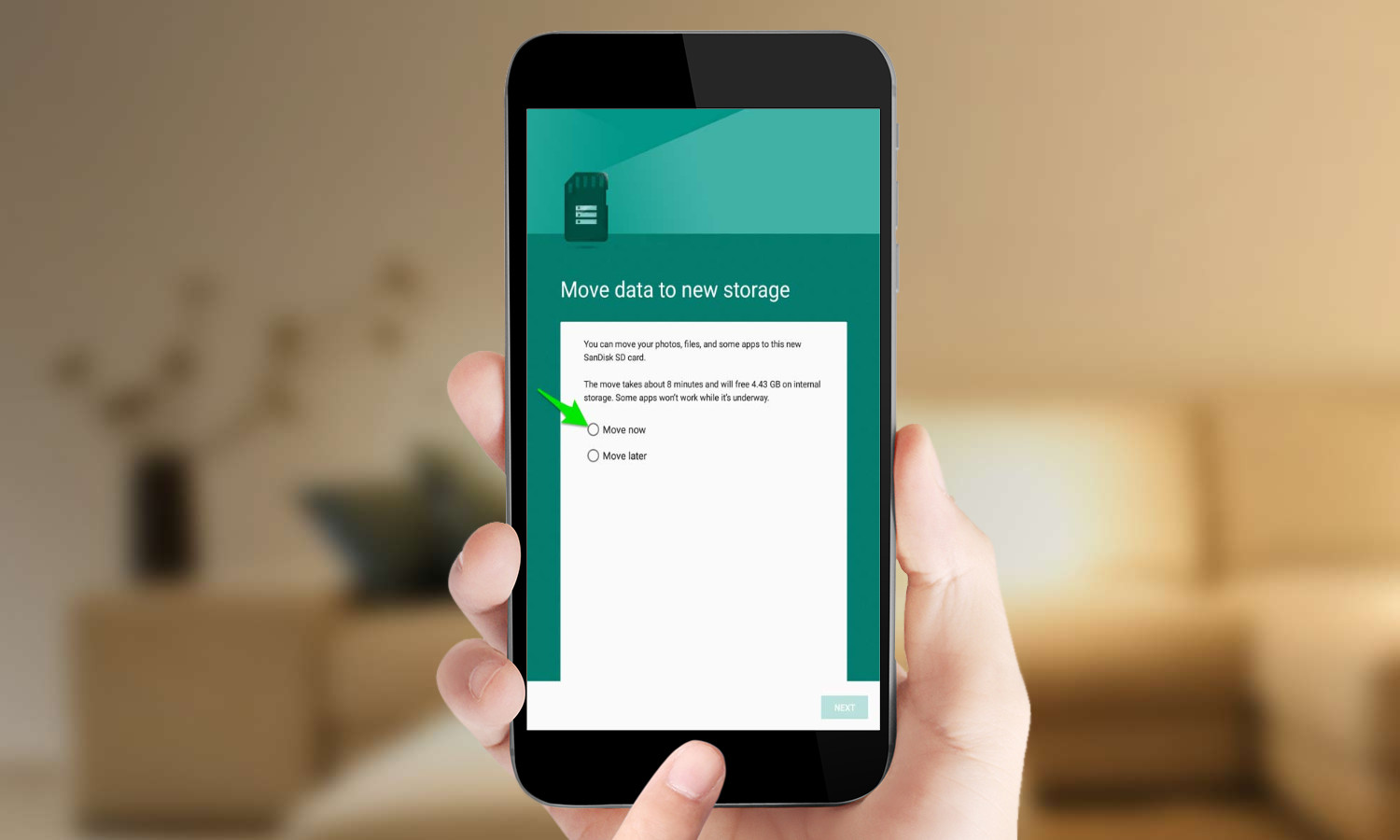
8. Tap Move now. After making the selection you will tap next and initiate the transfer to your microSD card. The system will indicate roughly how long the transfer will take and how much data will be moved to your SD card.

9. Tap Done.
Your SD card will now be listed immediately below the internal shared storage and the system will use it as additional internal storage in the future.
More Android tips
Now you know how to move Android apps to an SD Card, take a look at how to speed up your Android phone or tablet in this quick and easy guide. For something more advanced, check out how to connect USB storage devices to your Android phone or how to print from an Android phone or tablet.
A self-professed "wearer of wearables," Sean Riley is a Senior Writer for Laptop Mag who has been covering tech for more than a decade. He specializes in covering phones and, of course, wearable tech, but has also written about tablets, VR, laptops, and smart home devices, to name but a few. His articles have also appeared in Tom's Guide, TechTarget, Phandroid, and more.
-
rossctanderson I made my SD card internal storage and it was working nicely until recently the apps that were stored on the SD card are no longer there so I can not access them. What can I do to get them back?Reply -
nikkiwabit Ty Tom's guide. I had wasted 3 hours trying to move my apps onto my new storage card. Found your guide and taken 2 seconds to work out how to do it :)Reply

